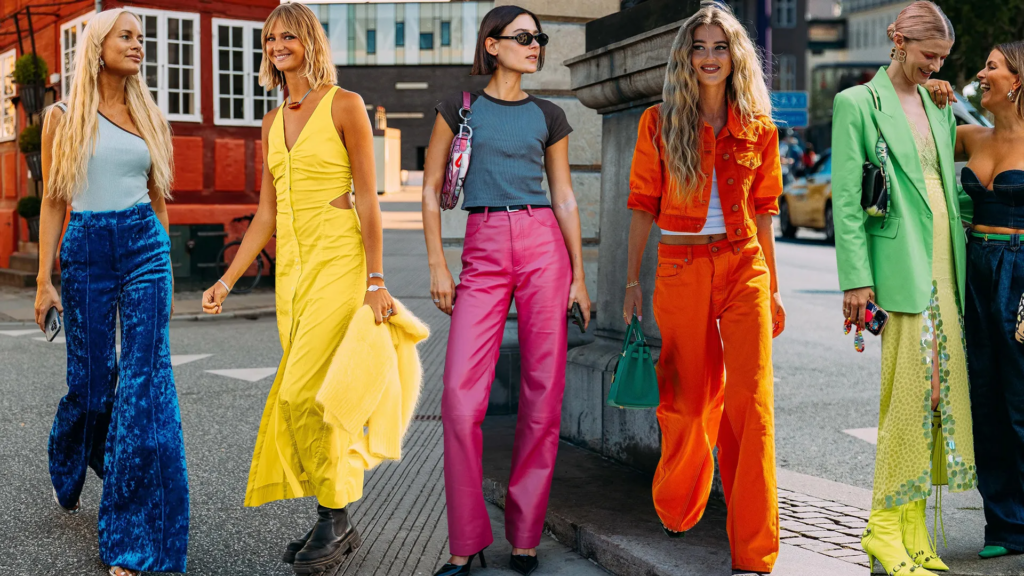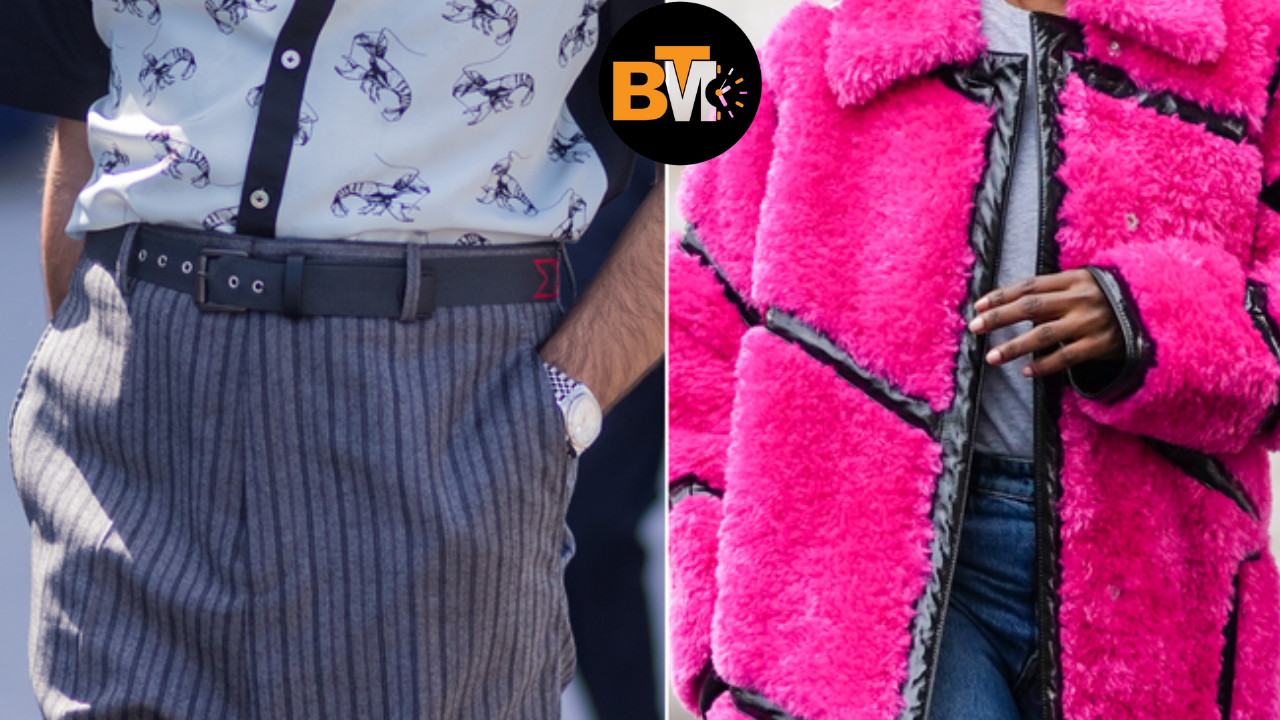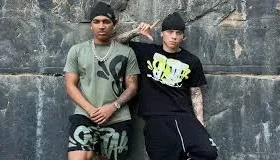Fashion, an eclectic and ever-evolving realm, has always been integral to human culture. It’s not merely about clothing; it’s an art form, a reflection of societal changes, and a personal expression of identity. The industry continuously reinvents itself, introducing new trends while preserving timeless styles that have become staples in our wardrobes. This comprehensive exploration will delve into the latest trends shaping the fashion landscape while revisiting classic style tips that always stay in vogue.
The Pulse of Current Fashion Trends
The current fashion scene is a vibrant mix of past and future, where retro styles are reimagined with a modern twist. We are witnessing a resurgence of 90s grunge but with a sleeker, more polished interpretation. Think slip dresses paired with chunky boots, plaid patterns, and oversized denim jackets. Sustainability is also at the forefront, emphasizing eco-friendly materials and ethical production practices. Brands are increasingly transparent about their supply chains, and consumers are more conscious of their fashion footprints.
Another significant trend is the blurring of gender lines in fashion. Unisex collections and gender-neutral clothing are not just about making a statement; they’re about comfort, inclusivity, and the freedom to express oneself without the constraints of traditional gender norms. This shift reflects a broader societal movement toward greater acceptance and understanding of diverse identities.

Timeless Fashion Tips for the Ages
While trends come and go, certain fashion advice remains eternal. One such tip is the importance of investing in quality basics. A well-fitted white t-shirt, a classic pair of blue jeans, and a tailored black blazer are timeless pieces that can be mixed and matched with trendier items. These basics form the backbone of a versatile and stylish wardrobe.
Another enduring piece of advice is to dress for your body type. You understand the silhouettes and cuts that best flatter your figure can significantly affect your overall appearance and confidence. Whether you’re petite, tall, curvy, or athletic, there are styles and fits that enhance your natural shape.
Accessorizing wisely is another timeless tip. Accessories can transform an outfit, adding personality and flair. However, the key is balance. A statement necklace or a bold watch can be a focal point, but less is often more when it comes to accessories. Choose pieces that complement rather than overwhelm your outfit.
The Impact of Technology on Fashion
The digital age has brought about profound changes in the fashion industry. Online shopping has become the norm, with virtual fitting rooms and AI-based style recommendations enhancing the consumer experience. Social media platforms have democratized fashion, giving rise to influencer culture and making the latest trends more accessible to a broader audience. Instagram, in particular, has become a virtual runway where styles and ideas are shared in real time.
Technology has also revolutionized the design and manufacturing processes. 3D printing is opening up new possibilities for bespoke clothing and accessories. Sustainable technologies are being developed to reduce waste and energy consumption in the production of garments. These advancements are shaping current trends and paving the way for a more efficient and responsible fashion industry.
The Resurgence of Vintage and Second-Hand Fashion
In a nod to sustainability and a love for unique, character-filled pieces, vintage and second-hand fashion has seen a significant resurgence. Shopping vintage is no longer just a niche hobby for collectors; it has become a mainstream trend. Vintage pieces offer a way to wear history – each item has a story and a past. Moreover, mixing vintage items with modern pieces is a creative way to develop a distinctive personal style.
The second-hand market has also expanded dramatically, thanks partly to online platforms that make buying and selling pre-owned clothing easier. This trend is eco-friendly and economical, providing a way to access high-quality fashion at a fraction of the original price.

The Role of Fashion in Cultural and Social Movements
Fashion has always been a powerful medium for social and cultural expression. From the suffragettes’ white dresses symbolizing purity and virtue to the black berets of the Black Panthers, representing solidarity and resistance, clothing can convey powerful messages. In recent years, we’ve seen fashion used as a tool for political statements – from red-carpet protests to slogan tees supporting various causes.
This aspect of fashion underscores its significance beyond mere aesthetics. It’s a form of communication, a way to express solidarity, challenge norms, and make a statement. As such, fashion plays a crucial role in social movements, offering a visible and impactful way to convey messages and unite people.
Embracing Fashion as a Dynamic and Expressive Art
Fashion, in its essence, is a dynamic and expressive art form. It’s a reflection of the times we live in, our cultures, identities, and aspirations. Whether embracing the latest trends or adhering to timeless style principles, fashion offers endless possibilities for self-expression and creativity. As we look forward to the future of fashion, one thing remains certain: it will continue to evolve, challenge, and inspire. By understanding its trends, history, and societal impact, we can appreciate fashion as a means of clothing and a vibrant and influential part of human culture and expression.
Embracing Body Positivity and Diversity in Modern Fashion
One of the most heartening developments in recent fashion history is the industry’s growing embrace of body positivity and diversity. Gone are the days when fashion was exclusive to a specific body type or skin color. Today, more brands and designers showcase a broader range of body types, ages, ethnicities, and abilities in their campaigns and runway shows. This inclusivity reflects the real world more accurately and empowers individuals to feel confident and represented in the fashion they choose. This shift towards inclusivity is not just a trend but a movement that celebrates beauty in diversity and challenges traditional beauty standards.
Sustainable Fashion: A Necessity, Not a Choice
Sustainability in fashion has transitioned from a niche concern to a global imperative. As awareness about the fashion industry’s environmental impact grows, consumers and creators are advocating for change. Sustainable fashion encompasses a variety of practices:
- Using eco-friendly materials
- Minimizing waste
- Opting for longevity over disposability
- Ethical labor practices
Brands are innovating with recycled materials, organic fabrics, and circular fashion models, where the end-of-life of a product is considered right at the design stage. Consumers, on their part, are increasingly supporting brands that align with these values, making sustainability a crucial aspect of modern fashion.

The Fusion of Technology and Fashion: A Glimpse into the Future
In this digital era, the fusion of technology and fashion creates exciting possibilities. Wearable technology is not just about smartwatches and fitness trackers anymore. It’s expanding into smart fabrics — textiles that can react to stimuli, change color, or even monitor health. Augmented Reality (AR) is changing the shopping experience, allowing customers to try on clothes virtually. These innovations transform how we interact with fashion, making it more personalized and technologically advanced. This intersection of fashion and technology enhances functionality and opens up new avenues for creativity and expression.
Fashion as an Artistic and Cultural Statement
Fashion is not just clothing; it’s a form of art and a cultural statement. It reflects the times and society in which we live. Throughout history, fashion has been used to make statements about social status, political inclinations, and personal identity. Designers often draw inspiration from various art forms, historical periods, and cultural motifs, translating these influences into their collections. This artistic and cultural dimension of fashion adds depth and richness, allowing wearers to connect with broader narratives and express themselves sartorially, intellectually, and emotionally.
Conclusion
In conclusion, fashion is a multifaceted domain that intertwines trends, timeless style, inclusivity, sustainability, technology, and artistic expression. It mirrors our evolving society, reflecting changes, challenges, and aspirations. As we navigate the current trends and embrace the classic styles, it’s vital to acknowledge and participate in the broader conversations and movements within the fashion industry. From promoting diversity and sustainability to understanding the impact of technology and appreciating fashion as a form of cultural expression, this field has depth and richness that goes far beyond the surface. Fashion, in its true essence, is a dynamic and evolving form of art and expression, integral to our personal identities and collective culture.







Leave a Reply